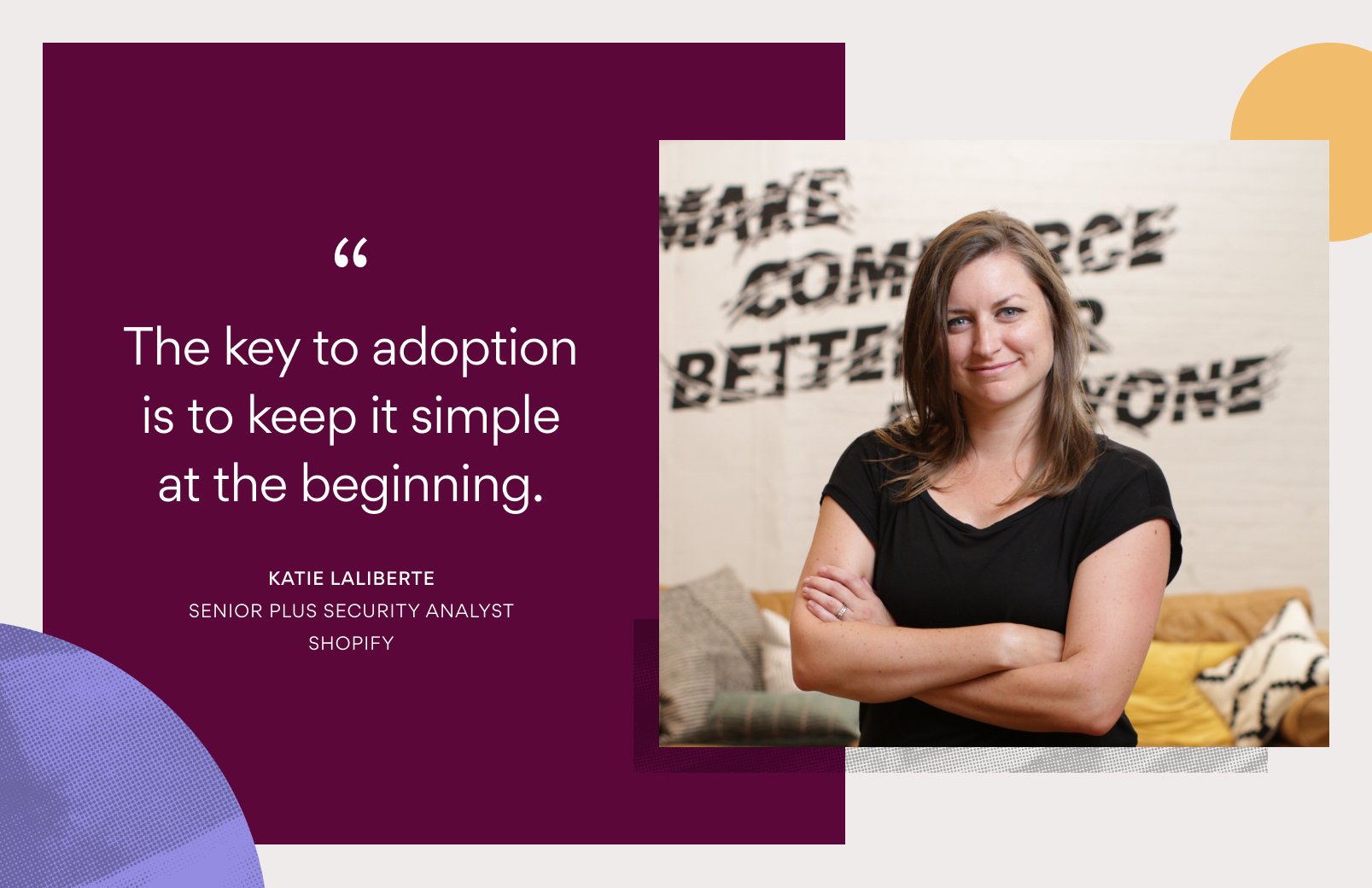Best Practices: Using Asana for Customer Relationship Management
Editor’s note: We’ve made some updates since this post was published. Learn about the new Salesforce CRM and Asana integration.
At Asana, we set out to build an application that enables people to do great things and reduce the volume of “work about work.” Asana is flexible and can, therefore, meet many needs; teams can accomplish their daily to-dos as well as high-level, long-term goals–all within one centralized product.
Asana is much more than a simple task and project management tool; it can also be used for specific internal functions, like bug tracking, applicant tracking, and setting up pipelines. Since our launch, we’ve received a lot of positive feedback from teams and businesses that rely on Asana as a lightweight tool for customer relationship management (CRM).
When using Asana for CRM, customers become the Task or Project (or even a Tag). Teams are able to keep a record of every interaction–from generating leads to maintaining relationships with loyal customers–in the notes and comments section.
People use Asana in all kinds of creative ways. Several companies have told us how much they love using Asana as a lightweight solution for Customer Relationship Management, or CRM. Here’s a little about what works for them.
Setting up Asana for customer relationship management
Depending on the number of customers you work with at a time, and the complexity of your customer lifecycle, there are two main ways to set up Asana:
One task per customer or one project per customer.
One task per customer
If you have many customers, and one person from your team usually works with the same customer for their whole lifecycle, it’s nice to use one task per customer. Create a project called “Customers” and then put each customer as a line in that project.
Think about the stages in your sales funnel and how you’ll want to filter and view your customers–you can use priority headings for the stages and tags for the filters.
For example: let’s imagine you sell custom stationery. When potential customers initially call you, they’re listed as a lead which is indicated with a priority heading. You can mark down whether they’re interested in business, personal, or wedding stationery by using tags.
When they convert to an opportunity, they’re assigned to a sales rep. The sales rep works with the customer to pick out the stationery, which might take place over several conversations.
Every time someone on your team emails or calls the customer they can update Asana by making a comment on the task so that you have a record of every interaction that’s taken place with them.
After the proof is ordered, and the customer approves the proof, the final order is put in, and then the full order is delivered. The customer’s task moves through the stages and up the project until it’s complete.
As the manager, you can see which projects are active, what stage they are in, see the next step, and know who’s responsible for that next step. If a customer calls in, you can search to find them quickly and let them know how their order is going.
One project per customer
If your customer lifecycle is more complex, for example, if they require multiple steps from lots of different people on your team, you might create one project per customer. If the steps are very similar each time, you can use the “Duplicate Project” option to use a previous customer as a template. Now you can assign each task, set due dates, and watch the progress.
Because customers can be assigned to people just like any other task, you can keep everything in one place, instead of having to remember to log into a separate, more complicated CRM app.
Do you have any CRM best practices using Asana? Let us know.

